Manatees are large, gray, entirely aquatic creatures that are usually referred to as sea cows. Manatees can reach 8 to 13 feet long and weight around 440 and 1,300 pounds.
These intriguing creatures have two forelimbs known as flippers and furrowed faces with whiskers.
They are elegant creatures capable of brief bursts of fast swimming despite their great size. Their powerful, paddle-shaped tails aid in accelerating their speed through the water.
Manatees can swim up to 15 mph if necessary, although they typically travel at a pace of about 5 mph.
As the only entirely herbivorous group of marine mammals, manatees are members of the Sirenia order.
The American, African, and Amazonian manatees are the three species of manatee that are still in existence today.
Manatees descended from terrestrial creatures that consumed grass around 50 million years ago. Animals like manatees contribute significantly to the upkeep of a healthy environment and consume a lot of sea grass, which keeps the seagrass beds healthy.
These amazing creatures have replaceable molars throughout their lives as they become worn down.
When manatees are at rest, they may remain submerged for fifteen minutes without breathing. They usually swim in couples or by themselves.
These are some animals like manatees.
1. Dugong
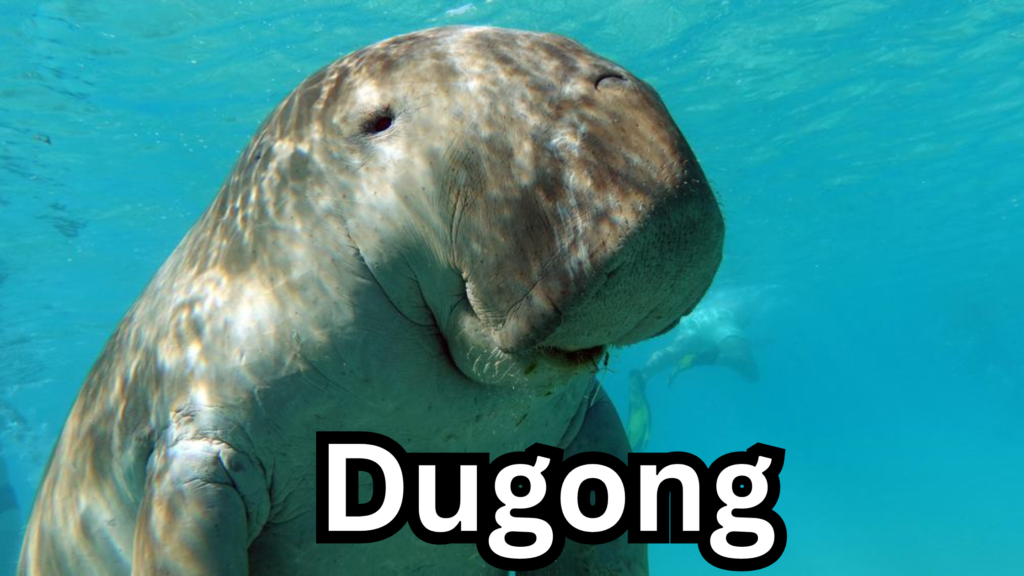
Scientific name: Microtus arvalis
Quick summary: The most closely manatee related.
Dugongs are members of the Sirenian animal kingdom and share many physical characteristics with manatees. In the western Pacific and Indian oceans, they can be found in the shallow coastal waters.
Animals like manatees, they are slow-moving, big, gray herbivores that feed on sea grasses.
Dugongs are marine only animals, not like their manatee cousins, who can also feed in freshwater environments.
Between dugongs and manatees, there are a few noteworthy physical distinctions. Dugongs’ tails are fluked, but manatees’ are fashioned like paddles.
In order to help them eat off the ocean floor, dugongs have slits for mouths on their snouts, which resemble trunks more than manatees’.
In the wild, manatees can live up to 60 years, whereas dugongs can live up to 70 years or more. Dugongs have a single lifelong partner, but male manatees may have a number female partners.
2. Elephant
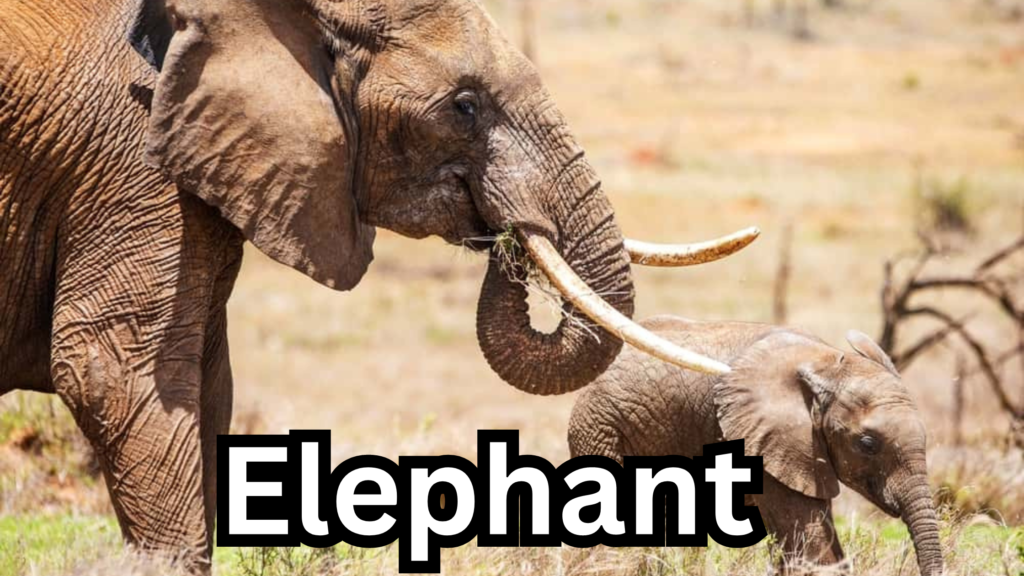
Scientific name: Elephantidae
Quick summary: The biggest land mammal on the planet and an unexpected manatee related.
Despite their dissimilar appearances, manatees and elephants are closely related cousins. Manatees and other sirenians are believed to have shared an ancestor with elephants.
The biggest land mammal, African elephants weigh between two and seven tons, which is significantly more than manatees. Still, there are a few surprising morphological parallels between manatees and elephants.
Both have thin hair and thick, gray skin. Similar to the toenails on an elephant’s foot, the tips of the flippers in West Indian and West African manatees resemble fingernails.
Manatees have two incisors that resemble an elephant’s tusks. When the molars in both species finally break off, they are repaired.
Both manatees and elephants are herbivores with similar diets.
Elephants consume between 300 and 375 pounds of food each day, consisting of fruit, tree bark, roots, and tiny plants. Animals like manatees may eat up to 150–200 pounds of seagrass or freshwater plants each day.
3. Walrus
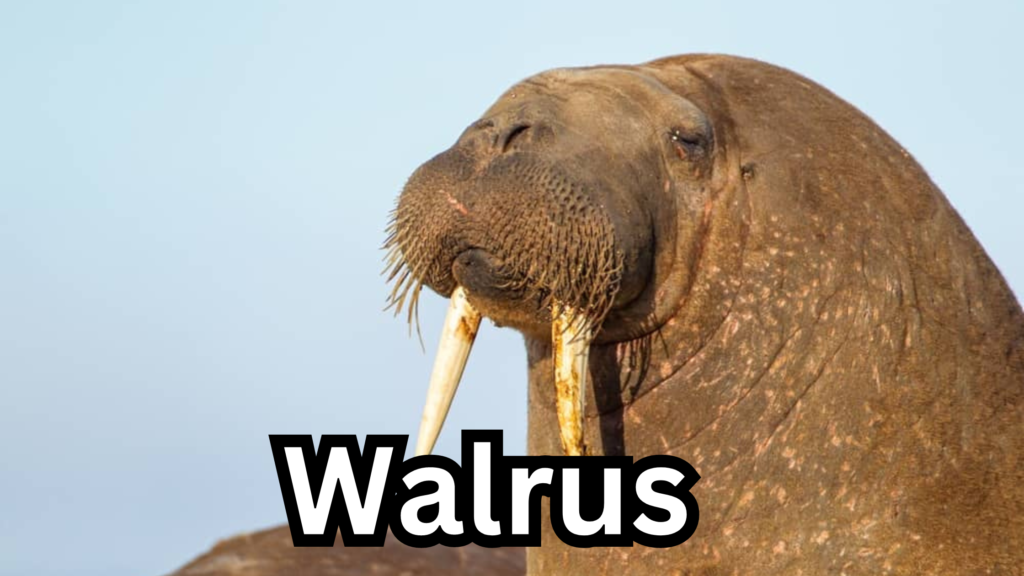
Scientific name: Odobenus rosmarus
Quick summary: a big aquatic mammal with a manatee-like appearance.
Walruses are large marine animals that live in the ice-covered northern oceans of Greenland, Canada, Russia, and Norway. They also have tusks and whiskers.
They have thick, gray skin, just like a manatee does. Walruses reach a maximum length of 11.5 feet, making them shorter than manatees. Nonetheless, they may weigh up to 3,700 lbs. and are typically bigger.
Like manatees, walruses are proficient swimmers and live in the water for around two thirds of their lifetimes. While walruses use their rear flippers as a propeller, manatees utilize their tails to move faster.
A walrus can swim at an average speed of 4.3 mph. They can go as quickly as 21.7 mph and can go considerably faster if necessary, just like manatees.
A walrus and a manatee vary mostly in their nutrition. Animals like manatees are herbivores, whereas walruses are carnivores.
4. Hippopotamus
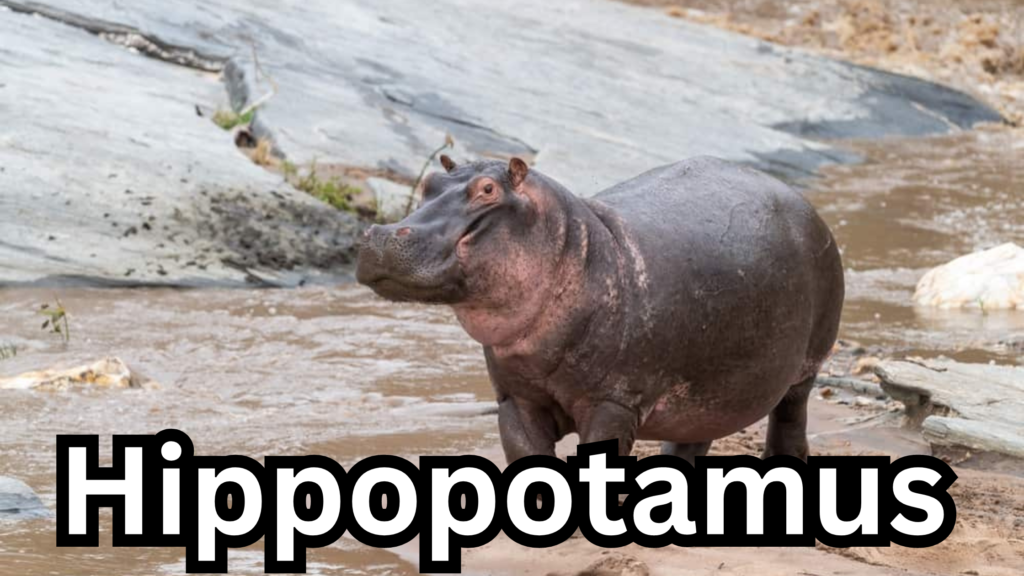
Scientific name: Hippopotamus amphibius
Quick summary: a massive African semi-aquatic mammal.
Africa is home to the enormous, semi-aquatic hippopotamus, also known as the hippo. Their grayish skin and barrel-shaped bodies look similar to manatees.
At over 3.5 tons in weight, hippos rank as the third biggest earthly mammal on our planet.
Hippos, despite their enormous size, are excellent swimmers and spend a lot of time underwater, much animals like manatees. Hippopotamuses can retain their breath for as long as 5 minutes underwater.
Hippos and manatees are unrelated creatures, despite certain similarities between them. As members of the Artiodactyla group, hippos are more closely related to whales.
Both animals like manatees and hippos are herbivores with voracious appetites. Unlike manatees, who never leave the water, hippos feed on land.
5. Dolphin
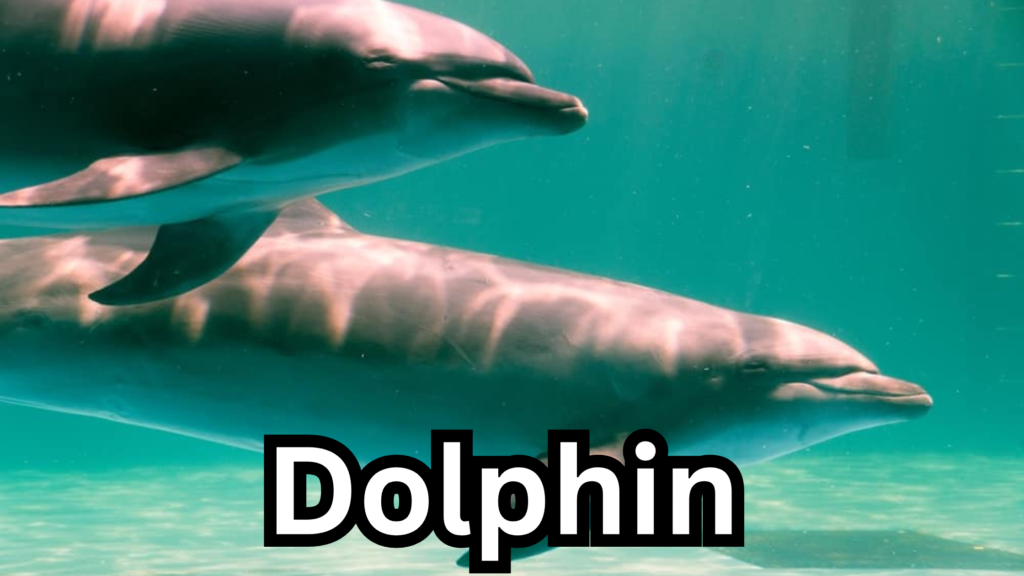
Scientific name: Delphinus
Quick summary: an intelligent marine animal that can be found worldwide.
Aquatic creatures that can be found worldwide are dolphins. These wonderful animals depend on the water and marine environments to survive.
Because they are animals like manatees and dolphins must surface to breathe.
Dolphins, like manatees and other animals, have hair from birth. Dolphins have hair on their beaks at birth, but it falls out quite quickly. As adults, manatees retain their facial whiskers and body hair.
Like manatees, dolphins are outstanding swimmers. They can swim at over eighteen miles per hour thanks to their slim and streamlined bodies.
Manatees and dolphins have distinct evolutionary histories, despite some similarities. Manatees are members of the order Sirenia, while dolphins are members of the biological order Cetacea, which also includes whales and porpoises.
Dolphins are carnivores that mostly consume fish and squid, opposite to the animals like manatees.
6. Rock Hyrax
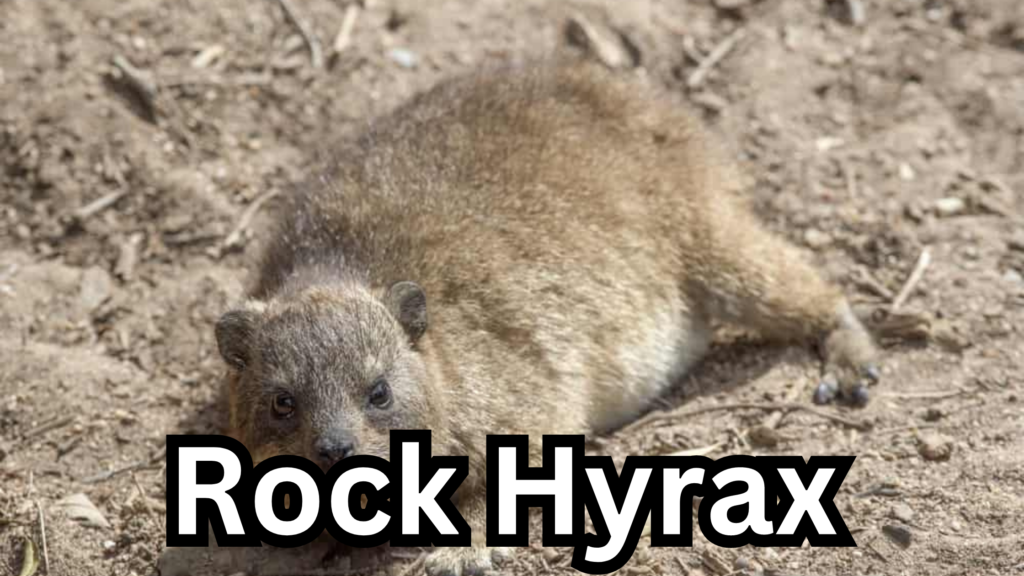
Scientific name: Procavia capensis
Quick summary: An African animal belonging to the manatee family.
Found in the Middle East and Africa, the rock hyrax is a brownish-gray animal with small ears and short, robust legs. Despite having a very distinct appearance from manatees, they are among their closest surviving cousins.
Despite having a rodent-like appearance, rock hyraxes belong to the Procaviidae family. They are related to hooved animals like manatees and elephants.
The average adult rock hyrax weighs between 4 and 12 pounds (2 and 5 kg). Despite their vast differences in size, they share several startling morphological characteristics with manatees.
Among manatees and hyraxes, the hairs are called vibrissae. Manatees use these hairs, which are present in the hairy coats of hyraxes, to detect vibrations in the nearby water.
7. Sea Lion
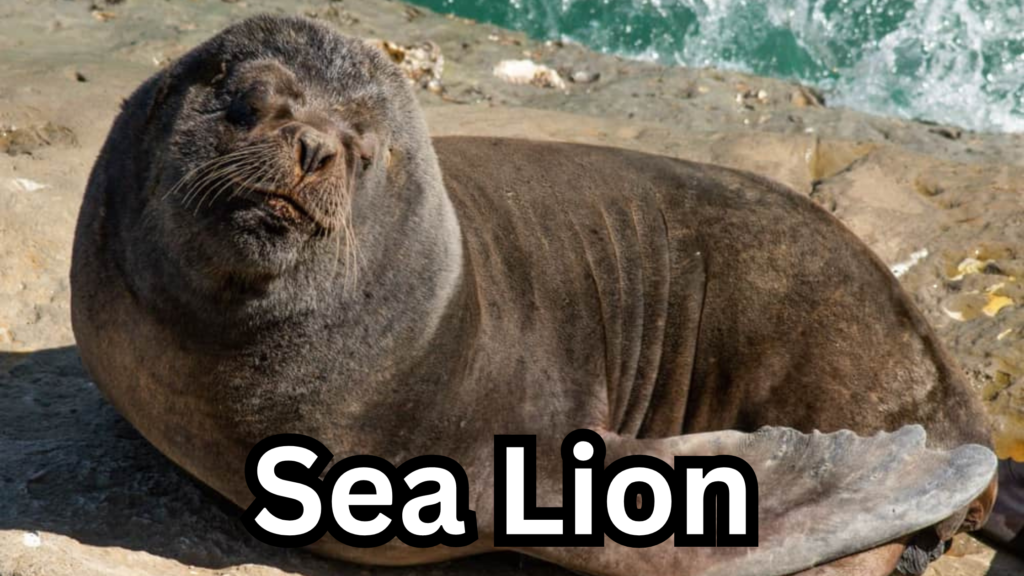
Scientific name: Otariinae
Quick summary: a big aquatic animal with manatee-like characteristics.
Sea lions are big marine creatures that share close relationships with seals and walruses. They often have thick, short hair, a big chest, and a manatee-like belly. They are gray in color.
Animals like manatees, sea lions are mammals and need to surface to breathe, even though they may submerge for up to 20 minutes at a time.
Animals like manatees, sea lions are proficient swimmers. In brief spurts, they may accelerate to up to 18 mph in order to avoid sharks or killer whales.
Their diets are the primary distinction between manatees and sea lions. While sea lions consume clams, octopuses, squids, hakes, and crabs, manatees are herbivores.
8. Green Turtle
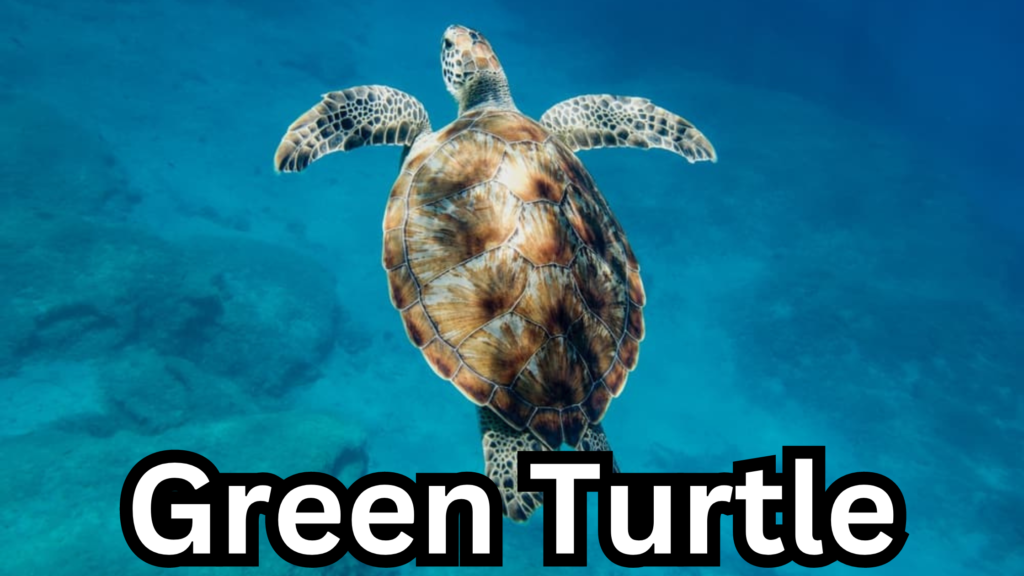
Scientific name: Chelonia mydas
Quick summary: A huge aquatic herbivore with excellent swimming ability.
Large marine herbivores, green turtles are distinguished by their distinct hard shells. They eat mostly algae and seagrasses, similar to the animals like manatees.
These strange species, which resemble manatees, have paddle-like flippers for swimming and are ideally suited to an aquatic lifestyle.
Animals like manatees and green turtles may both submerge themselves for extended periods of time. When at repose, green turtles may stay underwater for up to five hours, during which time their heart rate decreases.
9. Seal
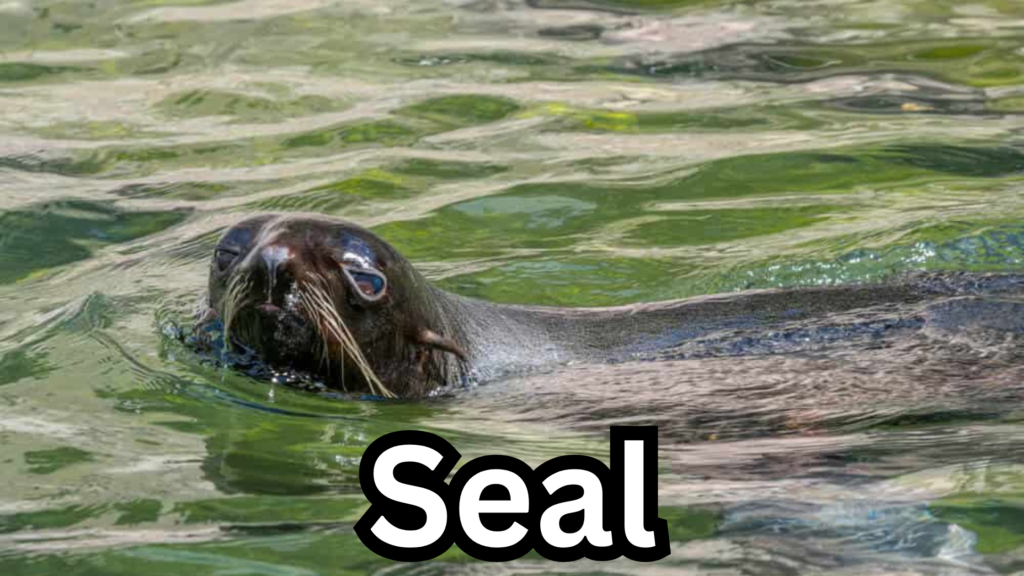
Scientific name: Pinnipedia
Quick summary: A semiaquatic animal resembling to manatee in looks.
Seals are marine animals that resemble manatees in terms of physical structure. They can swim more swiftly and gracefully because of the way their bodies are tapered at each end and round in the middle.
Seals use two forward flippers and flat tails, just like manatees, to help them move through the water.
Seals are carnivores that mostly consume fish, crabs, squid, and mollusks, in contrast to manatees, who are herbivores.
Manatees and seals have different morphologies, although they are not closely related. Animals like manatees are never out of the water; seals are semiaquatic and spend a portion of their daily lives on land.
10. Beluga Whale

Scientific name: Delphinapterus leuca
Quick summary: A little whale resembles to manatee-like characteristics.
Among the smallest whale species is the beluga whale. Their bodies resemble with animals like manatees, and their foreheads are very large.
Grey at birth, beluga whale calves eventually become white as adults. They grow to be 13 to 20 feet long and weigh 1 to 1.5 tons, which is modest for a whale.
Manatees and beluga whales swim at around the same speed. Although they can swim up to 13.6 mph, they typically swim between 3 and 9 mph.
In contrast to manatees, which are primarily solitary creatures, beluga whales are incredibly gregarious and have been known to dwell in groups of up to hundreds.
Conclusion:
The closest relatives of the manatee are the dugong, which shares many of their characteristics. Although their snouts and tails are distinct, these two creatures are difficult to distinguish from one another.
Animals like manatees are not related to other marine mammals at all, despite their resemblance to walruses, dolphins, and sea lions. They have similar routines and reside in the same surroundings.
For their watery lifestyle, manatees are perfectly suited. It’s incredible to think that this magnificent creature’s forebears were land creatures a very long time ago.
Animals like manatees and a few other unexpected terrestrial animals have similar traits. Land animals related to manatees today include elephants and the gopher-like rock hyrax.

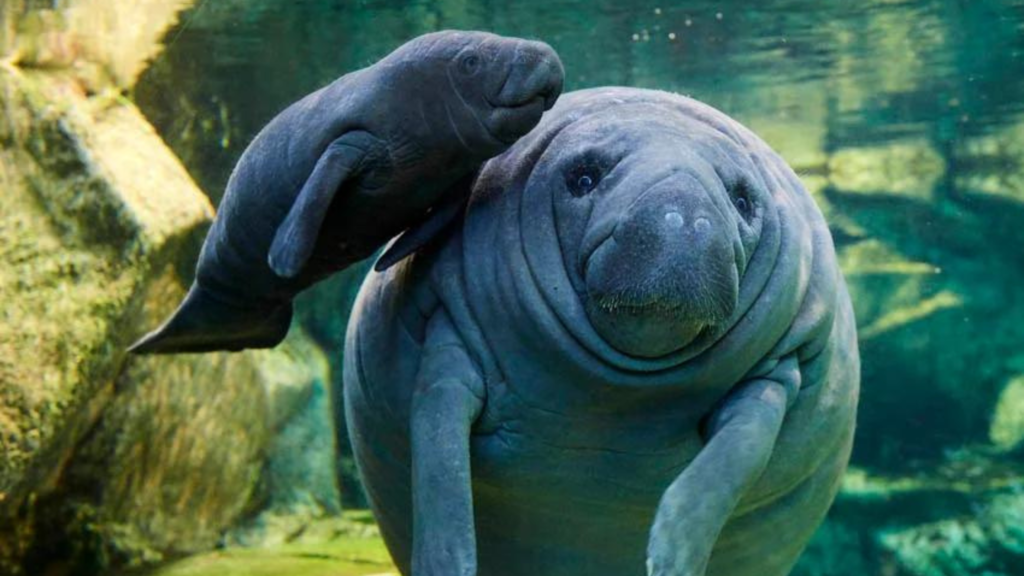
Pingback: Do Seals Breathe Underwater? Best Procedure - Wildlifeboss.info